
Question and Answers Forum
Question Number 98355 by aurpeyz last updated on 13/Jun/20
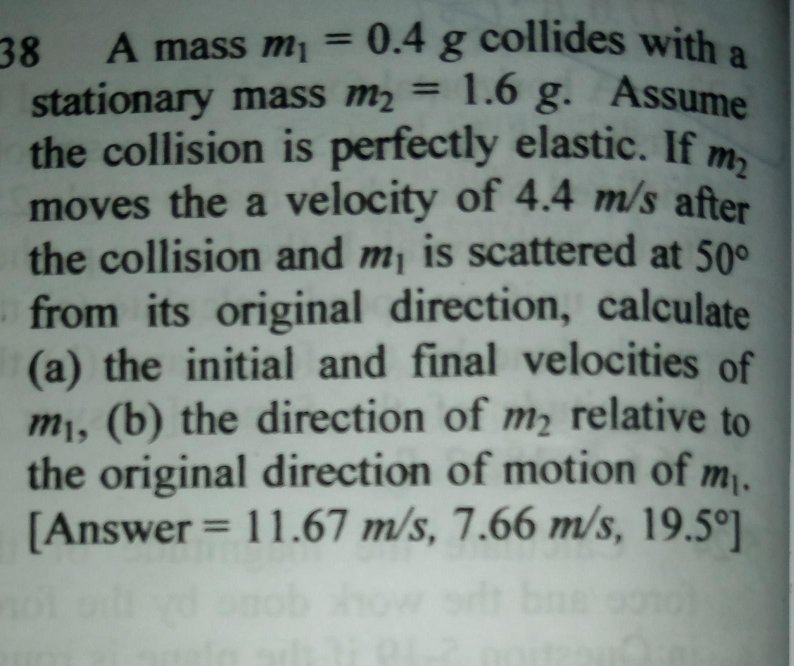
Commented by aurpeyz last updated on 13/Jun/20

Answered by mr W last updated on 13/Jun/20
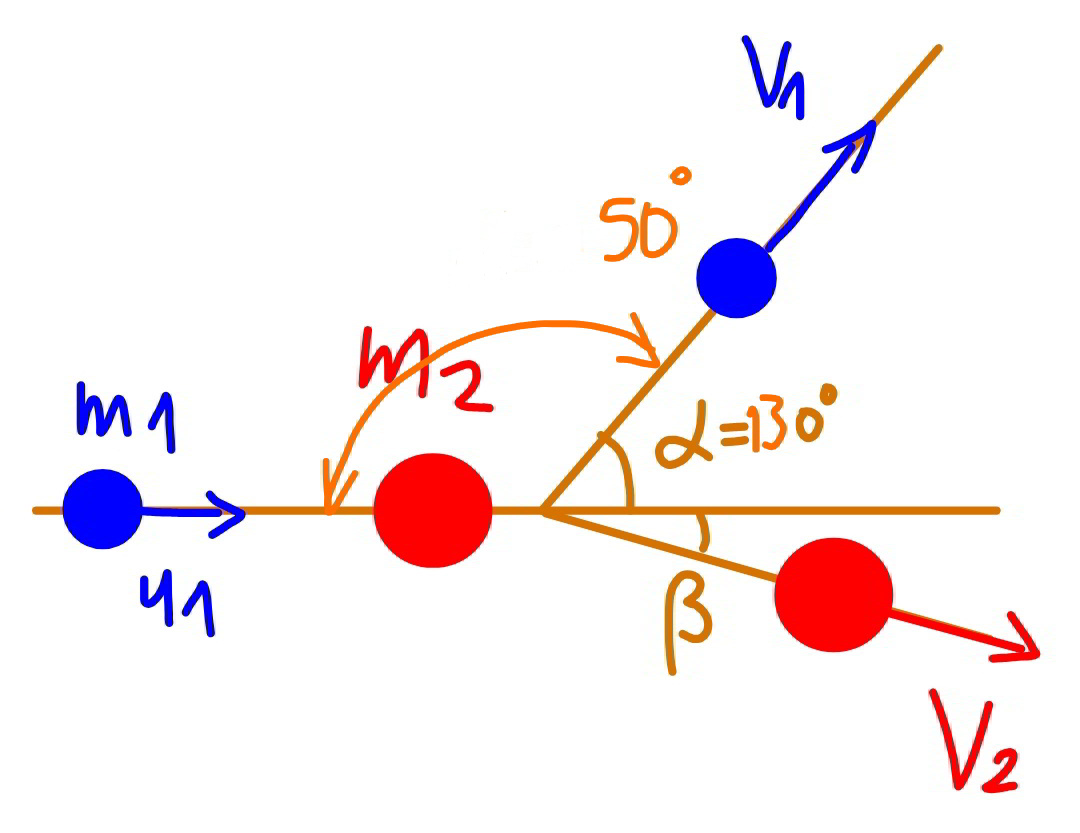
Commented by mr W last updated on 14/Jun/20

Commented by 1549442205 last updated on 14/Jun/20
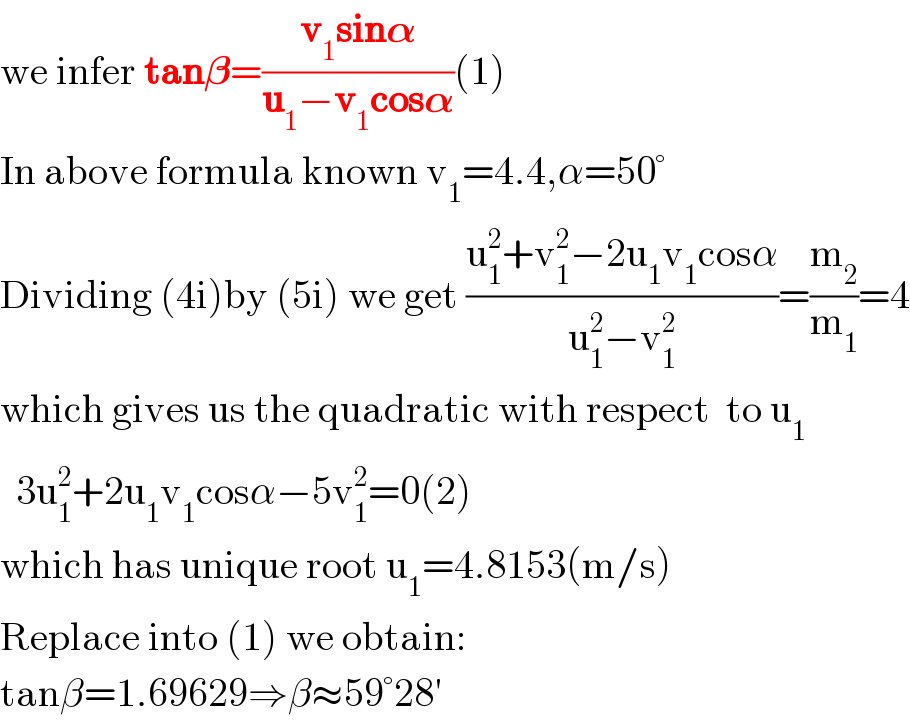
Commented by aurpeyz last updated on 13/Jun/20

Commented by aurpeyz last updated on 13/Jun/20

Commented by mr W last updated on 13/Jun/20

Commented by 1549442205 last updated on 14/Jun/20

Commented by mr W last updated on 14/Jun/20
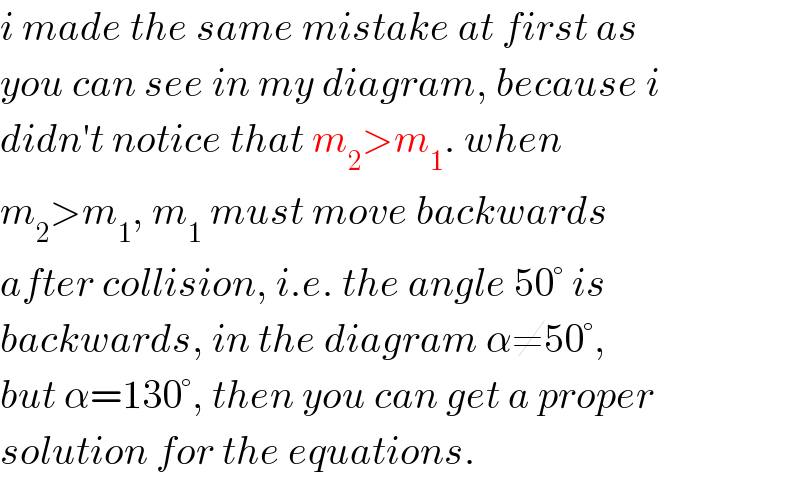
Commented by aurpeyz last updated on 14/Jun/20

Commented by mr W last updated on 14/Jun/20

Commented by aurpeyz last updated on 14/Jun/20

Commented by mr W last updated on 14/Jun/20
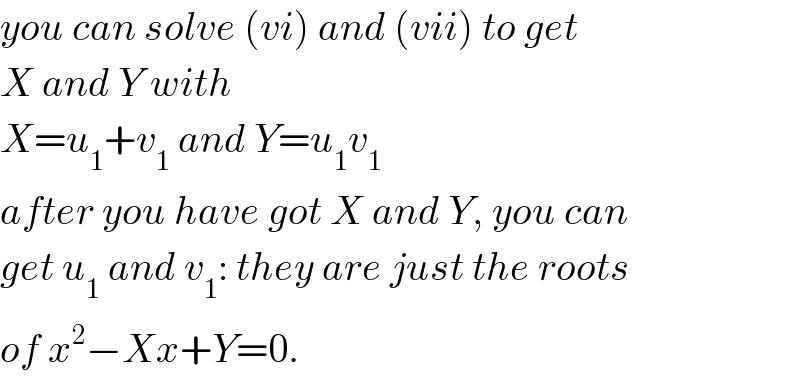
Commented by aurpeyz last updated on 14/Jun/20

Commented by mr W last updated on 14/Jun/20

Commented by aurpeyz last updated on 14/Jun/20

Commented by aurpeyz last updated on 14/Jun/20

